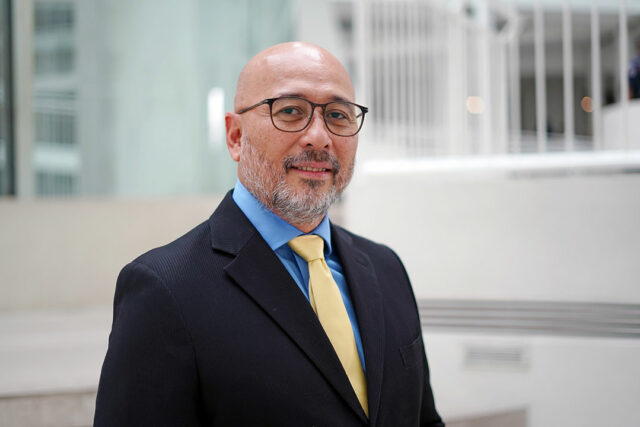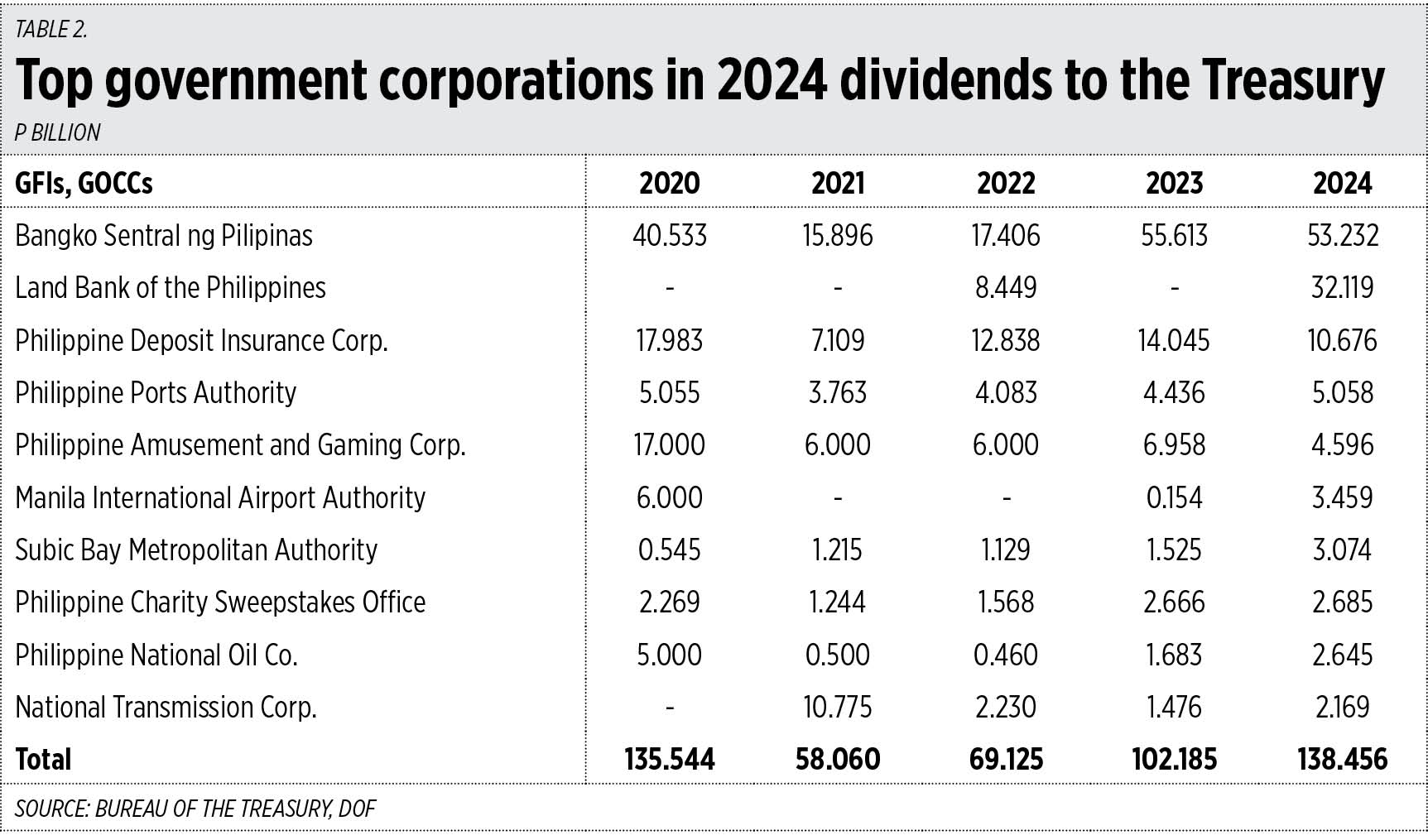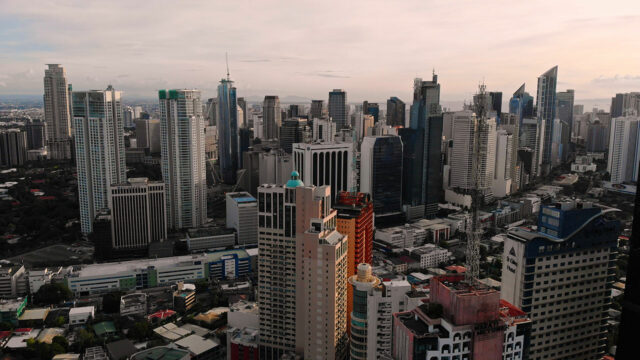THE GOVERNMENT made a partial award of the Treasury bills (T-bills) it offered on Monday with mixed rates as risk sentiment took a hit due to the escalation of the war between Iran and Israel.
The Bureau of the Treasury (BTr) raised just P24.6 billion from the T-bills it auctioned off on Monday, short of the P25-billion plan, even as the offer was more than twice oversubscribed, with total bids reaching P65.47 billion. However, the demand seen was lower than the P74.205 billion in tenders recorded on June 16.
The Treasury partially awarded the three-month tenor as it rejected high bids, it said in a statement. The BTr awarded only P4.4 billion in 91-day T-bills on Monday, well below than the P8-billion plan and even as total tenders for the tenor reached P20.49 billion. The three-month paper was quoted at an average rate of 5.53%, 1.9 basis points (bps) lower than the 5.549% seen in the previous auction, with tenders accepted by the Treasury having yields of 5.45% to 5.555%.
Meanwhile, the government raised P11.2 billion from the 181-day securities it offered on Monday, higher than the P8-billion program, as bids amounted to P25.125 billion. The average rate of the six-month T-bill was at 5.557%, up by 3.4 bps from the 5.523% fetched last week, with accepted rates ranging from 5.522% to 5.588%.
Strong demand prompted the BTr to double its acceptance of non-competitive bids for the six-month T-bill to P6.4 billion, it said.
Lastly, the Treasury raised P9 billion as planned via the 364-day debt papers as demand for the tenor totaled P19.855 billion. The average rate of the one-year T-bill inched down by 0.2 bp to 5.655% from 5.657% previously. Accepted bids carried yields of 5.55% to 5.695%.
At the secondary market before Monday’s auction, the 91-, 182-, and 364-day T-bills were quoted at 5.4714%, 5.6213%, and 5.6842%, respectively, based on PHP Bloomberg Valuation Service Reference Rates data provided by the Treasury.
The T-bill auction saw mixed results for the second straight week despite the latest rate cut delivered by the Bangko Sentral ng Pilipinas (BSP) “largely due to and overshadowed by the recent Israel-Iran war and the surprise US attacks on Iran’s nuclear facilities,” Rizal Commercial Banking Corp. Chief Economist Michael L. Ricafort said in a Viber message.
The latest developments in the Middle East caused broad market uncertainty, leading a flight to safe-haven assets like the dollar, and also drove global oil prices higher, which could stoke inflation anew and affect the outlook for monetary easing at home and abroad, he said.
“Despite the rate cut, some are cautious with the inflationary impact of the geopolitical tensions in the Middle East,” a trader likewise said in a phone interview.
On Thursday, the BSP lowered benchmark borrowing costs by 25 bps for a second straight meeting, bringing the target reverse repurchase rate to 5.25%, as expected by 15 out of 16 analysts in a BusinessWorld poll.
It has now reduced benchmark borrowing costs by 125 bps since it began its easing cycle in August last year.
BSP Governor Eli M. Remolona, Jr. said they could deliver at least one more 25-bp cut this year, but noted that they remain watchful of emerging risks and their impact on prices, including the conflict in the Middle East and the uncertainties brought about by trade policy shifts among the world’s largest economies.
The Monetary Board has three more policy meetings this year.
Iran said on Monday that the US attack on its nuclear sites expanded the range of legitimate targets for its armed forces and called US President Donald J. Trump a “gambler” for joining Israel’s military campaign against the Islamic Republic, Reuters reported.
Tehran, which denies its nuclear program is for anything other than peaceful purposes, launched a volley of missiles towards Israel in the aftermath of the US attack, wounding scores of people and destroying buildings in Tel Aviv.
But it has not acted on its main options for retaliation, to attack US bases or choke off the 20% of global oil shipments that pass through the Strait of Hormuz.
Attempting to strangle the strait could send global oil prices skyrocketing, derail the world economy and invite conflict with the US Navy’s massive Fifth Fleet based in nearby Bahrain.
Oil prices jumped on Monday to their highest since January. Brent crude futures were up $1.11 or 1.44% to $78.12 a barrel as of 0653 GMT. US West Texas Intermediate crude advanced $1.08 or 1.45% to $74.87.
On Wednesday, the government will offer P40 billion in reissued Treasury bonds in a dual-tranche auction — P20 billion in seven-year bonds with a remaining life of two years and 10 months and P20 billion in 25-year notes with a remaining life of 24 years and seven months. — Aaron Michael C. Sy with Reuters
















